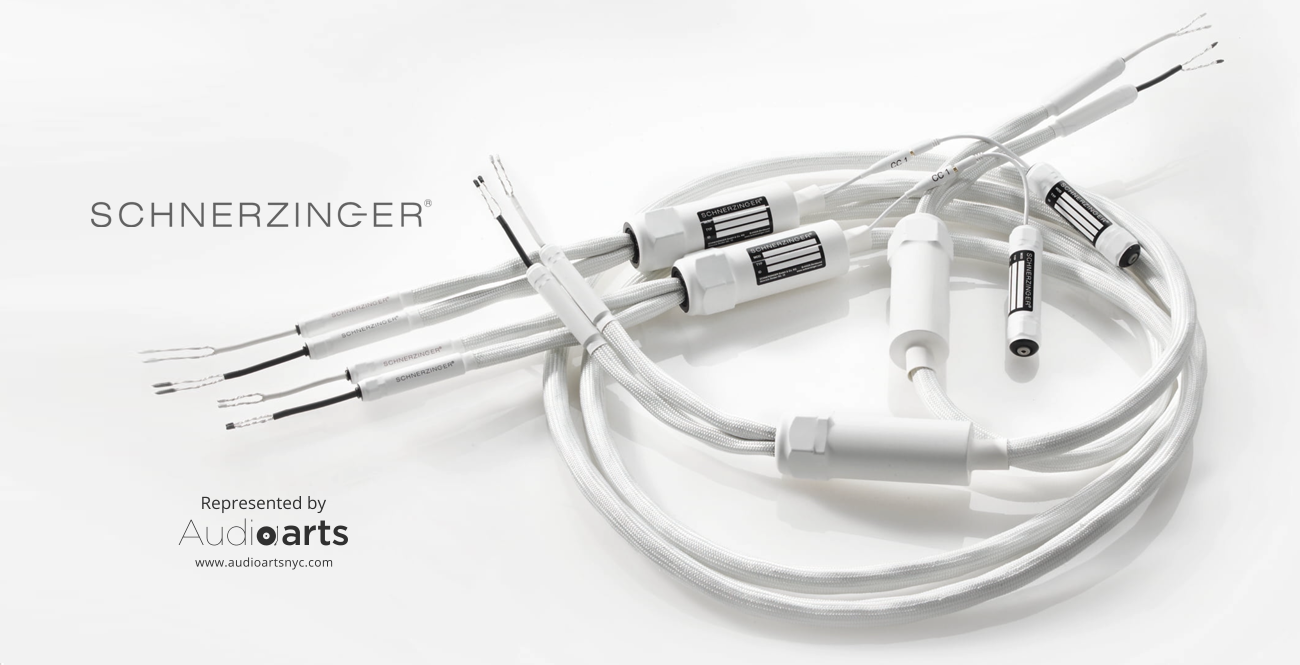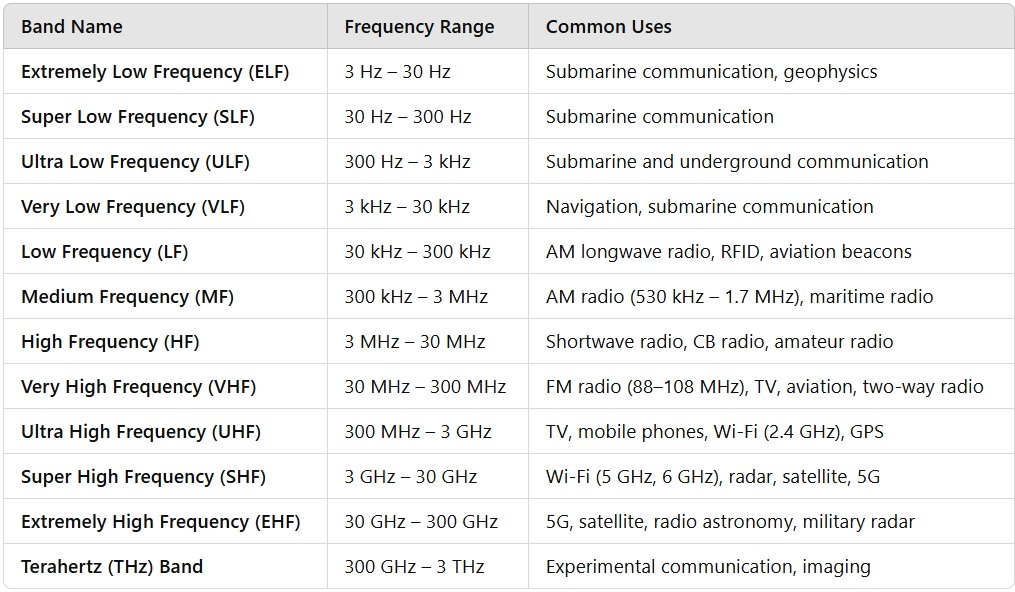The point of me posting this was not to get into a debate with you or anyone else over effectiveness of the different approaches.
Shunyata is known for its no-BS approach to product communication and it’s an engineering lead company. They sell these to hospitals where they improve imaging, for example.
You are making incorrect assumptions, by assuming that QR-BB “must” be a capacitor, and with the low/high pass filter stuff. It’s not how these devices work.
There is no one best approach. You’re not going to cancel all noise nor are you going to filter all noise - that’s why I think tackling the problem from both ends is best.
Shunyata is known for its no-BS approach to product communication and it’s an engineering lead company. They sell these to hospitals where they improve imaging, for example.
You are making incorrect assumptions, by assuming that QR-BB “must” be a capacitor, and with the low/high pass filter stuff. It’s not how these devices work.
There is no one best approach. You’re not going to cancel all noise nor are you going to filter all noise - that’s why I think tackling the problem from both ends is best.



